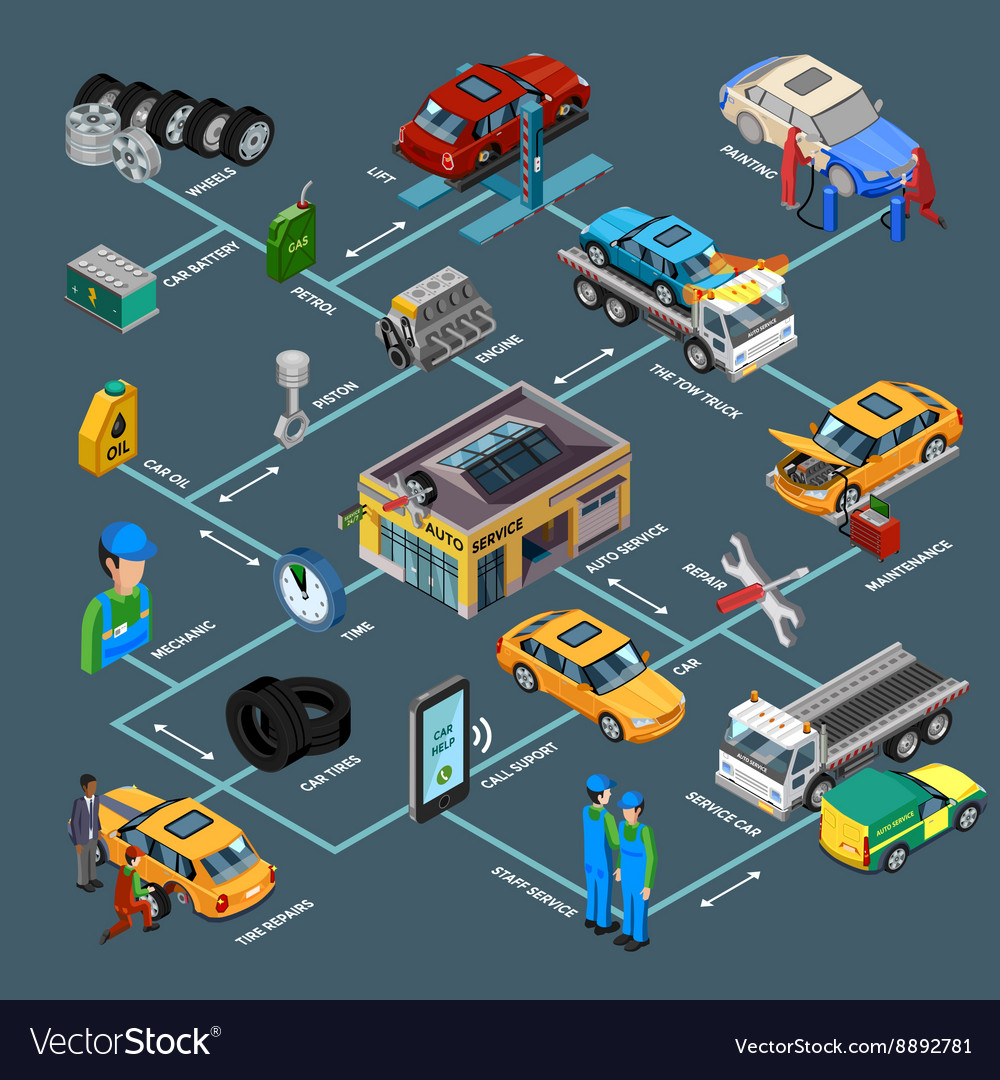Eager To Recognize What The Control Panel Caution Lights In Your Auto Indicate? Discover Their Meanings For The Health And Safety Of Your Automobile
Eager To Recognize What The Control Panel Caution Lights In Your Auto Indicate? Discover Their Meanings For The Health And Safety Of Your Automobile
Blog Article
Staff Author-Sykes Shepherd
When you lag the wheel, those beautiful caution lights on your control panel can be a bit bewildering. Do you understand what they're attempting to inform you regarding your auto's wellness? Understanding the relevance of these lights is important for your security and the durability of your vehicle. So, the next time among those lights turns up, would not you wish to understand its message properly and take the required actions to resolve it?
Common Warning Lighting and Interpretations
Determine usual caution lights in your auto and comprehend their definitions to make sure safe driving.
One of the most normal warning lights include the check engine light, which indicates problems with the engine or emissions system. If this light comes on, it's essential to have your car inspected immediately.
The oil stress alerting light indicates low oil pressure, needing immediate interest to prevent engine damages.
A flashing battery light could suggest a defective charging system, possibly leaving you stranded if not resolved.
The tire pressure monitoring system (TPMS) light signals you to reduced tire pressure, impacting lorry stability and fuel effectiveness. Disregarding https://www.stltoday.com/pr/business/geared-up-transmissions-is-simplifying-auto-repairs-for-florissant-residents/article_b74731b8-e80e-11ec-8fd3-f75c123ab362.html could cause hazardous driving problems.
The abdominal muscle light indicates a problem with the anti-lock braking system, compromising your capacity to quit swiftly in emergencies.
Last but not least, the coolant temperature cautioning light warns of engine getting too hot, which can result in extreme damage otherwise settled swiftly.
Understanding these typical caution lights will certainly help you resolve problems promptly and preserve safe driving conditions.
Significance of Prompt Attention
Understanding the usual warning lights in your automobile is just the initial step; the importance of without delay dealing with these cautions can not be emphasized enough to ensure your security on the road.
When a caution light brightens on your control panel, it's your car's method of connecting a potential issue that requires interest. Ignoring https://dantekfzto.blog-mall.com/30763814/discover-the-essential-actions-to-discovering-a-dependable-auto-repair-shop-that-will-certainly-keep-your-automobile-in-top-form-your-automobile-deserves-the-most-effective can cause extra extreme issues later on, jeopardizing your security and possibly costing you a lot more out of commission.
Prompt attention to cautioning lights can prevent breakdowns and accidents. For instance, a blinking check engine light might show a misfire that, if left unattended, can trigger damage to the catalytic converter. Resolving this without delay can save you from a costly repair work.
Similarly, a brake system advising light might indicate low brake fluid or used brake pads, vital components for your safety and security when driving.
DIY Troubleshooting Tips
If you observe a warning light on your control panel, there are a couple of do it yourself repairing tips you can attempt prior to looking for specialist aid.
The first step is to consult your auto's manual to understand what the certain warning light indicates. Sometimes the concern can be as easy as a loose gas cap activating the check engine light. Tightening the gas cap might resolve the problem.
Another common problem is a low battery, which can set off various alerting lights. Examining the battery links for corrosion and guaranteeing they're safe and secure may fix the problem.
If a caution light persists, you can try resetting it by separating the vehicle's battery for a couple of mins and then reconnecting it. Furthermore, examining your automobile's liquid levels, such as oil, coolant, and brake liquid, can assist fix cautioning lights related to these systems.
Final thought
In conclusion, understanding your car's caution lights is essential for maintaining your lorry running efficiently and safely. By immediately dealing with these alerts and recognizing what they indicate, you can stay clear of pricey repair services and possible break downs.
Remember to consult your car's guidebook for specific information on each alerting light and act as necessary to ensure a trouble-free driving experience.
Remain notified, stay risk-free when traveling!
